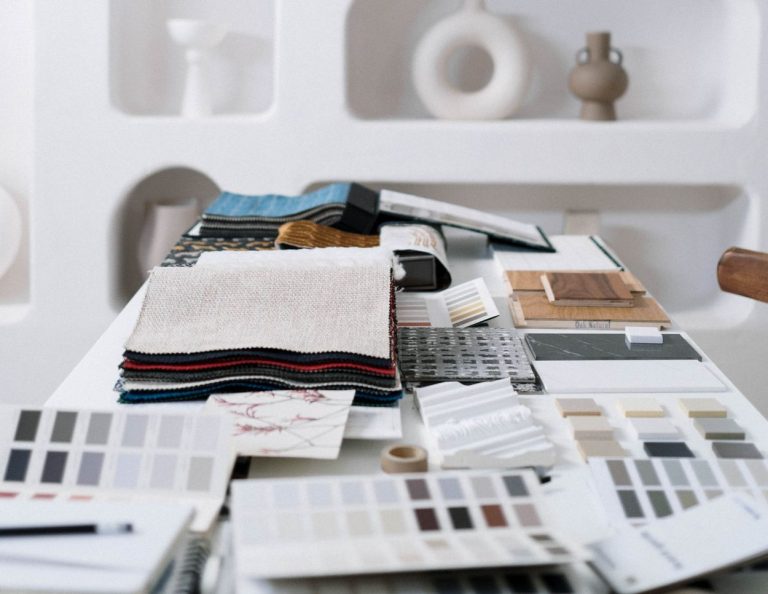
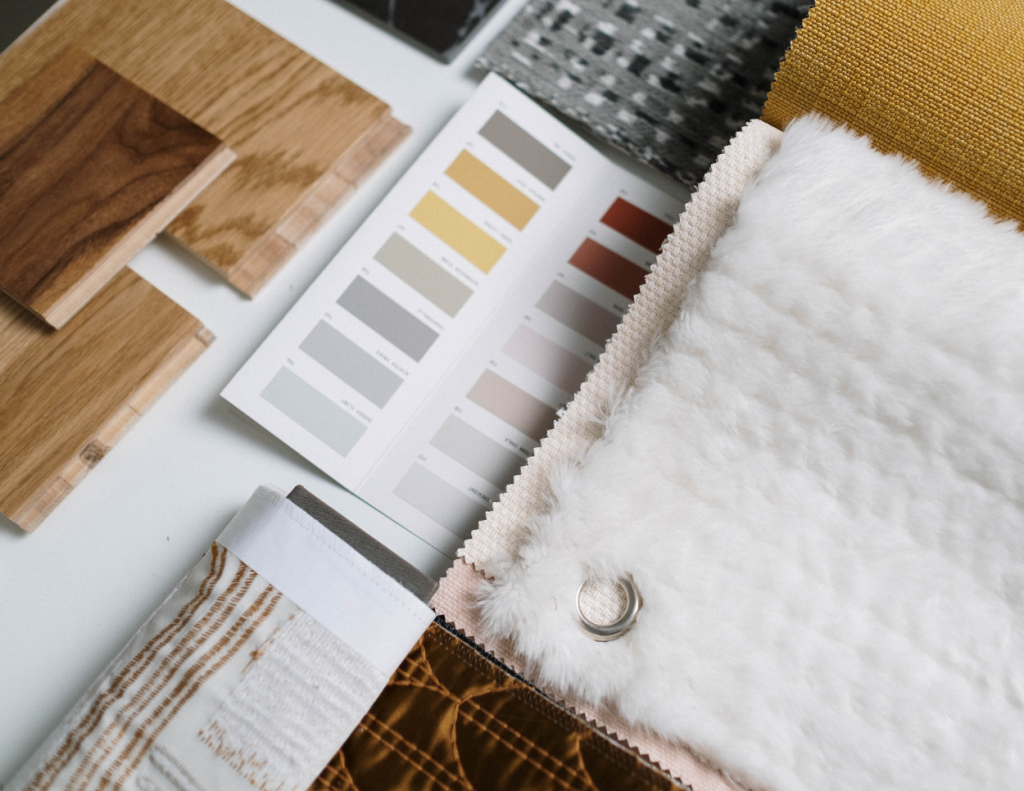
When it comes to transforming our living spaces into personal sanctuaries that reflect our tastes and personalities, two terms often come to mind: interior design and interior decorating. While these terms are frequently used interchangeably, they encompass distinct aspects of the creative process involved in crafting beautiful interiors.
Interior design and interior decorating both revolve around enhancing the aesthetics and functionality of a space, but their approaches and objectives differ significantly. By understanding the fundamental differences between these two disciplines, you can gain valuable insights into how to bring your vision for an exquisite living environment to life.
In this blog post, we will delve into the nuances that set interior design apart from interior decorating.
So first things first – decorating and design are different. These words as titles and jobs are used interchangeably by many, but in actuality, they are completely different aspects of the same industry. Here’s a brief overview of both.
INTERIOR DESIGN (also referred to as Interior Architecture)

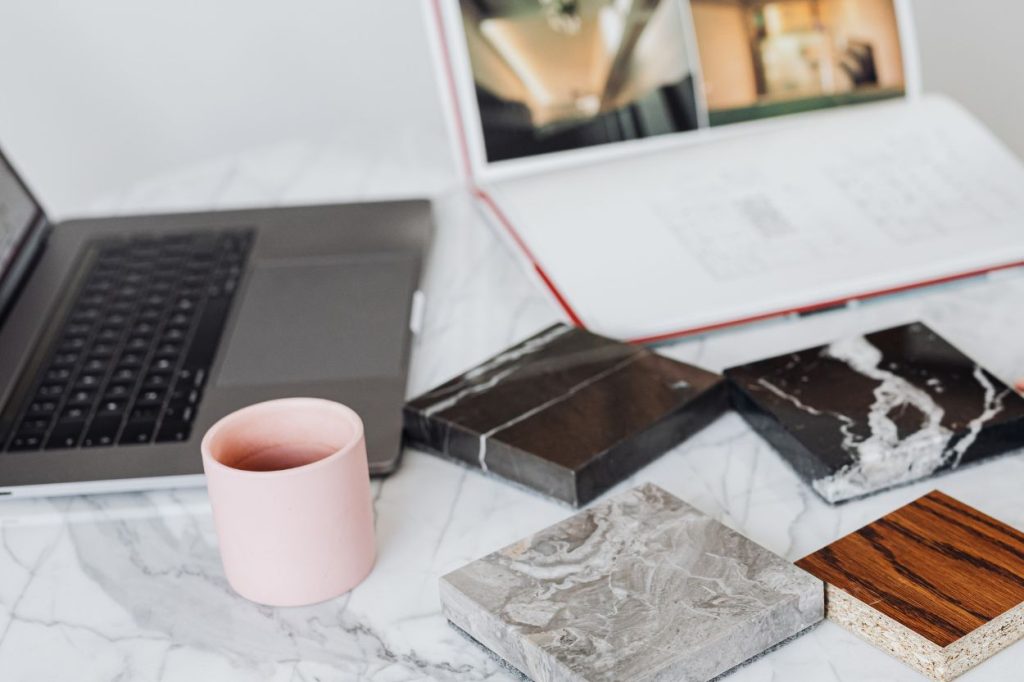
What is it? The art and science of understanding people’s behavior to create functional spaces within a building.
What do they do? Designers apply creative and technical solutions within a structure that are functional, attractive and beneficial to the occupant’s quality of life and culture. Designers must make floor plans and come up with creative solutions for design problems while navigating structural, electrical, plumbing, and materials. Designers make renderings and presentation boards for the client to review.
Schooling: Requires specific schooling and formal training. Typically, a Bachelors or Masters in Interior design from an accredited program
Credentials: In some states, passing a state licensing exam is required, but for many, the education is enough.
Who do they work with? Designers typically work with architects and contractors as well as the client directly to achieve their vision.
Areas of Study in Interior Design School:
To prepare for a career in interior design, usually you have to pursue specialized education in accredited interior design programs via bachelors or masters degrees. These programs cover various subjects, including:
Design Principles: Students learn about the fundamental principles of design, including proportion, scale, balance, rhythm, and harmony. They understand how these principles apply to interior spaces and influence the overall aesthetic.
Drafting and Space Planning: Students acquire skills in architectural drafting, utilizing both manual techniques and computer-aided design (CAD) software. They learn how to create accurate floor plans, elevations, and 3D models.
Building Codes and Regulations: Interior designers must have a comprehensive understanding of building codes, safety regulations, and accessibility requirements. They learn how to navigate legal and ethical considerations to create compliant designs.
Materials and Finishes: Students explore a wide range of materials and finishes used in interior design, studying their properties, applications, and maintenance requirements. They gain knowledge about sustainable and environmentally friendly options.
Color Theory: A deep understanding of color psychology, color harmonies, and color mixing is essential. Students learn how to create cohesive color schemes that evoke desired emotions and enhance the overall design concept.
Interior Design History: Students study the evolution of interior design through different historical periods, learning about influential designers, design movements, and significant design styles.
Professional Practice: Interior design programs also focus on developing business and communication skills. Students learn about client relations, project management, budgeting, and marketing their services.
Description of Interior Design Jobs:
Interior designers engage in a wide range of tasks that encompass both creative and technical aspects of transforming spaces. Their responsibilities include:
Space Planning: Interior designers assess the available space and develop detailed floor plans to optimize functionality, traffic flow, and utilization of the area. They consider factors such as furniture placement, spatial organization, and zoning.
Material Selection: Choosing appropriate materials, finishes, and textures is crucial in achieving the desired aesthetic and mood of a space. Interior designers carefully select and source materials such as flooring, wall coverings, fabrics, and window treatments.
Color Palette Development: Interior designers possess a deep understanding of color theory and its impact on mood and perception. They create cohesive color schemes that enhance the desired atmosphere and evoke specific emotions.
Furniture and Fixture Selection: Based on clients’ needs and preferences, interior designers select furniture, fixtures, and equipment that align with the overall design concept. They consider factors such as style, comfort, durability, and sustainability.
Lighting Design: Proper lighting is essential for both functionality and ambiance. Interior designers design lighting plans that incorporate natural and artificial light sources, taking into account factors such as task lighting, accent lighting, and energy efficiency.
Collaboration and Project Management: Interior designers often collaborate with architects, contractors, and other professionals to ensure seamless execution of their design plans. They manage projects, coordinate timelines, and communicate with stakeholders throughout the process.
Interior Decorating
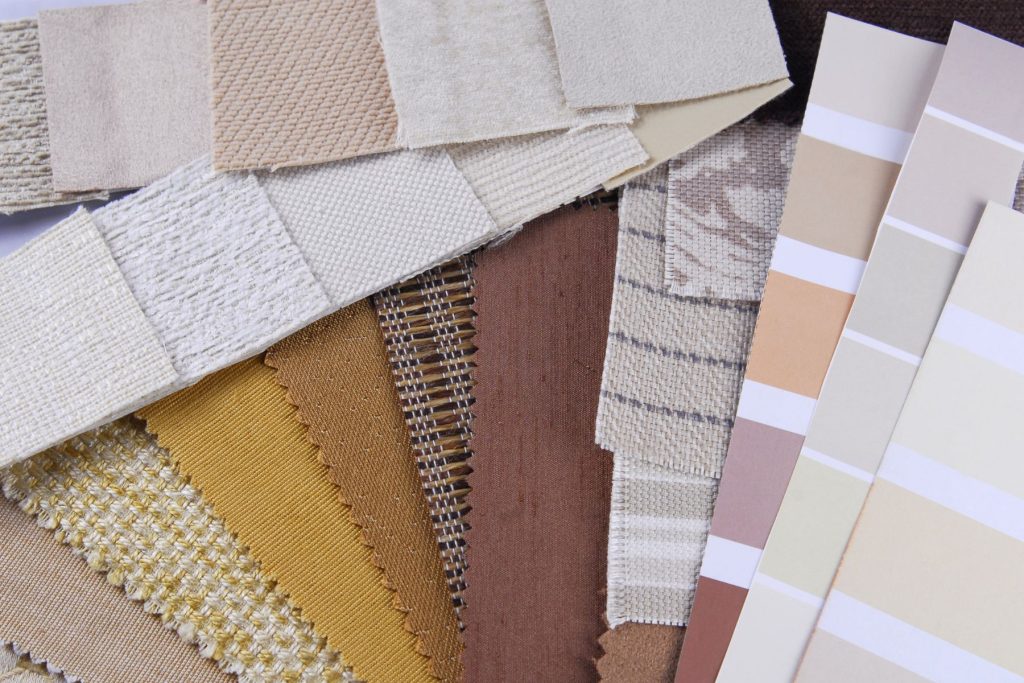
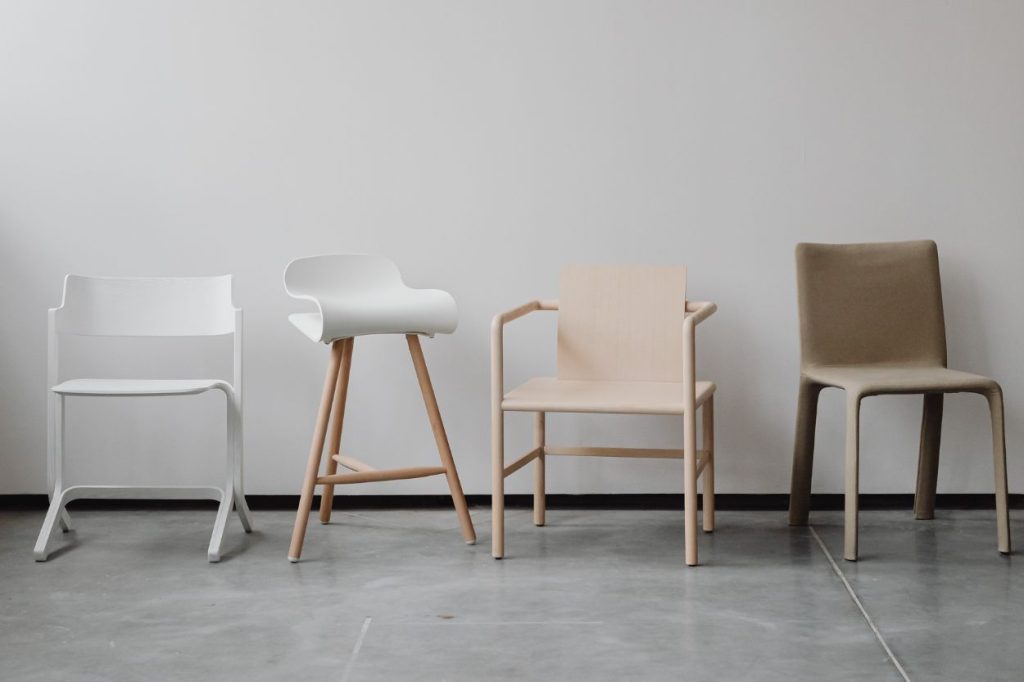
What is it? Interior Decorating concentrates on the aesthetics of the space and making the decor all work together to achieve a cohesive look or feel.
What do they do? Decorators come into a space that has all the architectural and design work completed and dresses the space. The decorator would be the person that buys the furniture and fabrics that will go in the space.
Schooling: Required if you want to obtain a legal Professional Decorator’s license and practice as a professional decorator. Schooling can be done through an accredited program that C.I.D. accepts.
Credentials: To obtain your license and C.I.D. professional title, you must apply for, take, and pass the Certified Interior Decorators Licensing Exam.
Who do they work with? Decorators typically work with residential clients and have their own practice. They do not typically work with designers or architects.
Areas of Study for Interior Decorating:
While formal education is not always required for a career in interior decorating, there are decorating programs you can do. These training or certification programs usually cover the following areas:
Design Elements and Principles: Students learn about design elements such as color, form, line, texture, and space, and how to utilize them effectively in interior decorating. They also study design principles such as balance, proportion, rhythm, and emphasis.
Furniture and Accessories Selection: Students gain knowledge about furniture styles, materials, and construction. They learn how to choose appropriate furniture pieces and accessories that align with the desired aesthetic and enhance the overall design.
Color Theory and Coordination: Understanding color psychology, color schemes, and color mixing is essential for interior decorators. Students learn how to create visually pleasing color combinations and coordinate colors throughout a space.
Textiles and Fabrics: Students explore different types of fabrics, their characteristics, and their applications in interior decorating. They learn how to select and use fabrics for upholstery, window treatments, and decorative purposes.
Styling and Arrangement Techniques: Interior decorators develop skills in arranging furniture, artwork, and accessories to create visually appealing compositions. They learn about balance, focal points, and spatial relationships.
Lighting and Window Treatments: Students study the importance of lighting in interior decorating and learn about different lighting fixtures and techniques to create the desired ambiance. They also gain knowledge about window treatment options and their impact on the overall design.
Professional Practice and Client Relations: Training programs often include modules on business skills, project management, and client communication. Students learn how to work within budgets, manage projects, and provide excellent customer service.
Description of Interior Decorating Jobs:
Interior decorators specialize in the aesthetic enhancement of interior spaces, focusing on creating visually appealing environments that reflect the client’s style and preferences. Their responsibilities include:
Design Concept Development: Interior decorators work closely with clients to understand their tastes, preferences, and desired ambiance. They develop design concepts and themes that capture the client’s vision and translate it into a cohesive and harmonious space.
Furniture and Accessories Selection: Interior decorators have a keen eye for furniture, accessories, and decorative elements. They curate a selection of furnishings, such as sofas, chairs, tables, and accent pieces, that align with the desired style and create a visually pleasing composition.
Color and Texture Coordination: Interior decorators excel at creating color schemes that evoke specific moods and harmonize with the overall design concept. They select paint colors, wallpapers, fabrics, and textures that complement each other and contribute to the desired atmosphere.
Arrangement and Styling: The placement and arrangement of furniture, artwork, and accessories play a crucial role in the overall visual impact of a space. Interior decorators skillfully arrange these elements to create balance, focal points, and a sense of flow within the room.
Window Treatments and Lighting Fixtures: Interior decorators consider window treatments, such as curtains or blinds, that complement the design aesthetic while providing privacy and light control. They also choose lighting fixtures, including chandeliers, lamps, and sconces, to enhance the overall ambiance.
Accessory Selection and Styling: Interior decorators pay attention to the smaller details that bring a space to life. They select and style accessories, such as artwork, mirrors, rugs, pillows, and decorative objects, to add personality, texture, and visual interest to the room.
Budgeting and Project Management: Interior decorators work within the client’s budget, sourcing products and materials that meet cost requirements while maintaining quality and style. They manage projects, coordinate with suppliers, and ensure timely execution of the design plan.
To Sum It Up
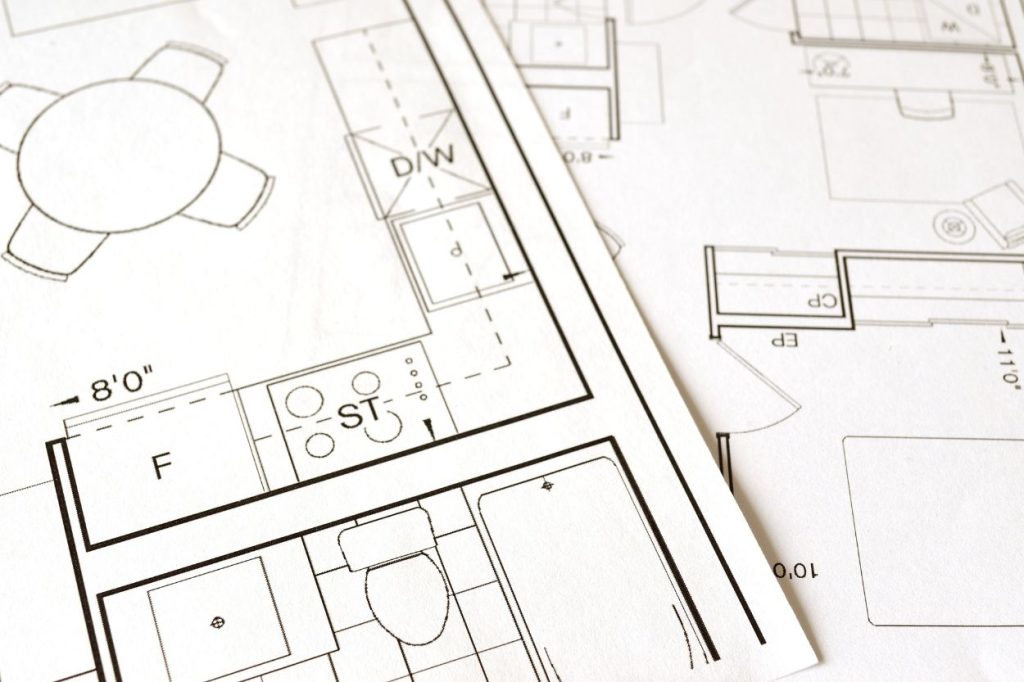
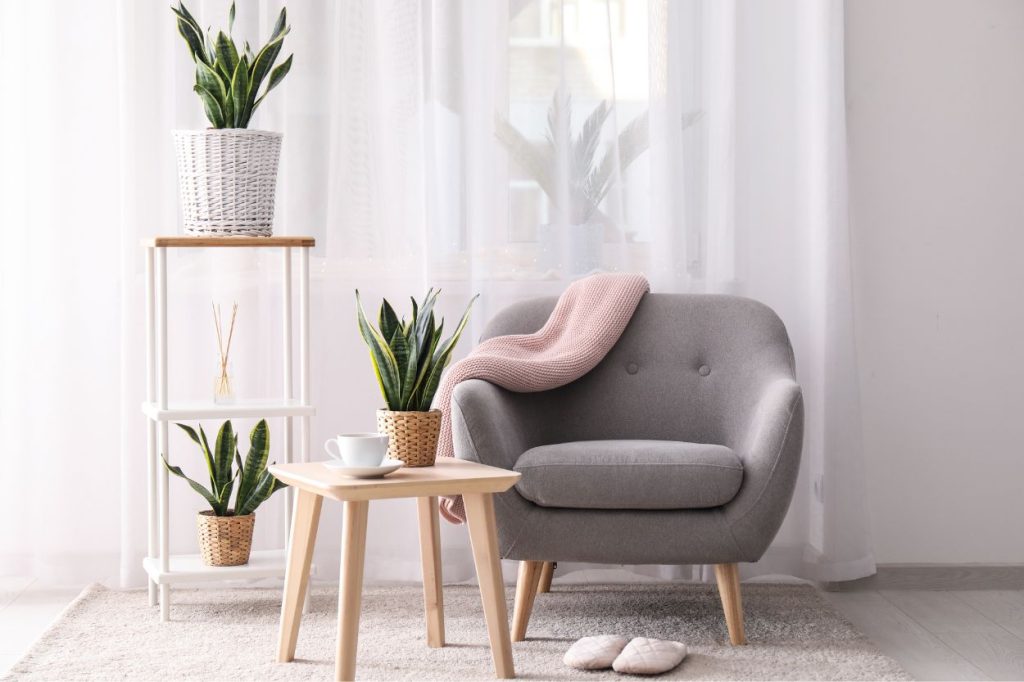
While interior designers and interior decorators share a common goal of enhancing the aesthetics of interior spaces, their roles, skill sets, and areas of expertise differ significantly.
Interior designers primarily focus on the structural and functional aspects of a space. They possess a comprehensive understanding of architecture, spatial planning, and building codes. Interior designers work closely with architects and contractors to optimize the layout, traffic flow, and overall functionality of a room or building. They are skilled at creating detailed floor plans, selecting materials, and incorporating lighting design to create cohesive and practical spaces.
On the other hand, interior decorators specialize in the visual aspects of a space. They have a keen eye for design, color, and style. Interior decorators work closely with clients to understand their preferences and create visually appealing environments. They select and arrange furniture, accessories, and decorative elements to enhance the aesthetic appeal and create a harmonious composition within a space.
Designers can do what decorators do (to an extent), but decorators are not trained or licensed to do what designers do. That being said, designers are not professional or licensed decorators.
Our lead designer, Haley James, did both and always recommends doing both (if possible) as it gives a more full view of the design process.
That being said – design school is a 4 year degree program and decorating school is a 1-2 year certificate program depending on where you go. Both require attending accredited institutions and passing licensing exams.
Our recommendation is that if you are interested in these fields research what the job opportunities look like with each, shadow someone in the field, talk to people who have been through the programs, look at the curriculum and after all that hopefully you will have a better idea of what the best option is for you.
Health & Home is an interior design-based business that seeks to help others create healthy homes and lives through supportive, accessible, educational, and empowering content & services that will help you on your journey to creating a healthier home and healthier life!
Improve your Health by Designing your Home Based On Your Enneagram With Jackie Barnes
Think You Can’t Afford A Healthy Home? Think Again. Here Are Some Tips & Lots Of Free Resources To Support You!
What’s The Difference Between Interior Design Vs. Interior Decorating?
9 Tips To Help You Not Kill Your Houseplants

When it comes to transforming our living spaces into personal sanctuaries that reflect our tastes and personalities, two terms often come to mind: interior design and interior decorating. While these terms are frequently used interchangeably, they encompass distinct aspects of the creative process involved in crafting beautiful interiors.
Interior design and interior decorating both revolve around enhancing the aesthetics and functionality of a space, but their approaches and objectives differ significantly. By understanding the fundamental differences between these two disciplines, you can gain valuable insights into how to bring your vision for an exquisite living environment to life.
In this blog post, we will delve into the nuances that set interior design apart from interior decorating.
So first things first – decorating and design are different. These words as titles and jobs are used interchangeably by many, but in actuality, they are completely different aspects of the same industry. Here’s a brief overview of both.
INTERIOR DESIGN (also referred to as Interior Architecture)


What is it? The art and science of understanding people’s behavior to create functional spaces within a building.
What do they do? Designers apply creative and technical solutions within a structure that are functional, attractive and beneficial to the occupant’s quality of life and culture. Designers must make floor plans and come up with creative solutions for design problems while navigating structural, electrical, plumbing, and materials. Designers make renderings and presentation boards for the client to review.
Schooling: Requires specific schooling and formal training. Typically, a Bachelors or Masters in Interior design from an accredited program
Credentials: In some states, passing a state licensing exam is required, but for many, the education is enough.
Who do they work with? Designers typically work with architects and contractors as well as the client directly to achieve their vision.
Areas of Study in Interior Design School:
To prepare for a career in interior design, usually you have to pursue specialized education in accredited interior design programs via bachelors or masters degrees. These programs cover various subjects, including:
Design Principles: Students learn about the fundamental principles of design, including proportion, scale, balance, rhythm, and harmony. They understand how these principles apply to interior spaces and influence the overall aesthetic.
Drafting and Space Planning: Students acquire skills in architectural drafting, utilizing both manual techniques and computer-aided design (CAD) software. They learn how to create accurate floor plans, elevations, and 3D models.
Building Codes and Regulations: Interior designers must have a comprehensive understanding of building codes, safety regulations, and accessibility requirements. They learn how to navigate legal and ethical considerations to create compliant designs.
Materials and Finishes: Students explore a wide range of materials and finishes used in interior design, studying their properties, applications, and maintenance requirements. They gain knowledge about sustainable and environmentally friendly options.
Color Theory: A deep understanding of color psychology, color harmonies, and color mixing is essential. Students learn how to create cohesive color schemes that evoke desired emotions and enhance the overall design concept.
Interior Design History: Students study the evolution of interior design through different historical periods, learning about influential designers, design movements, and significant design styles.
Professional Practice: Interior design programs also focus on developing business and communication skills. Students learn about client relations, project management, budgeting, and marketing their services.
Description of Interior Design Jobs:
Interior designers engage in a wide range of tasks that encompass both creative and technical aspects of transforming spaces. Their responsibilities include:
Space Planning: Interior designers assess the available space and develop detailed floor plans to optimize functionality, traffic flow, and utilization of the area. They consider factors such as furniture placement, spatial organization, and zoning.
Material Selection: Choosing appropriate materials, finishes, and textures is crucial in achieving the desired aesthetic and mood of a space. Interior designers carefully select and source materials such as flooring, wall coverings, fabrics, and window treatments.
Color Palette Development: Interior designers possess a deep understanding of color theory and its impact on mood and perception. They create cohesive color schemes that enhance the desired atmosphere and evoke specific emotions.
Furniture and Fixture Selection: Based on clients’ needs and preferences, interior designers select furniture, fixtures, and equipment that align with the overall design concept. They consider factors such as style, comfort, durability, and sustainability.
Lighting Design: Proper lighting is essential for both functionality and ambiance. Interior designers design lighting plans that incorporate natural and artificial light sources, taking into account factors such as task lighting, accent lighting, and energy efficiency.
Collaboration and Project Management: Interior designers often collaborate with architects, contractors, and other professionals to ensure seamless execution of their design plans. They manage projects, coordinate timelines, and communicate with stakeholders throughout the process.
Interior Decorating


What is it? Interior Decorating concentrates on the aesthetics of the space and making the decor all work together to achieve a cohesive look or feel.
What do they do? Decorators come into a space that has all the architectural and design work completed and dresses the space. The decorator would be the person that buys the furniture and fabrics that will go in the space.
Schooling: Required if you want to obtain a legal Professional Decorator’s license and practice as a professional decorator. Schooling can be done through an accredited program that C.I.D. accepts.
Credentials: To obtain your license and C.I.D. professional title, you must apply for, take, and pass the Certified Interior Decorators Licensing Exam.
Who do they work with? Decorators typically work with residential clients and have their own practice. They do not typically work with designers or architects.
Areas of Study for Interior Decorating:
While formal education is not always required for a career in interior decorating, there are decorating programs you can do. These training or certification programs usually cover the following areas:
Design Elements and Principles: Students learn about design elements such as color, form, line, texture, and space, and how to utilize them effectively in interior decorating. They also study design principles such as balance, proportion, rhythm, and emphasis.
Furniture and Accessories Selection: Students gain knowledge about furniture styles, materials, and construction. They learn how to choose appropriate furniture pieces and accessories that align with the desired aesthetic and enhance the overall design.
Color Theory and Coordination: Understanding color psychology, color schemes, and color mixing is essential for interior decorators. Students learn how to create visually pleasing color combinations and coordinate colors throughout a space.
Textiles and Fabrics: Students explore different types of fabrics, their characteristics, and their applications in interior decorating. They learn how to select and use fabrics for upholstery, window treatments, and decorative purposes.
Styling and Arrangement Techniques: Interior decorators develop skills in arranging furniture, artwork, and accessories to create visually appealing compositions. They learn about balance, focal points, and spatial relationships.
Lighting and Window Treatments: Students study the importance of lighting in interior decorating and learn about different lighting fixtures and techniques to create the desired ambiance. They also gain knowledge about window treatment options and their impact on the overall design.
Professional Practice and Client Relations: Training programs often include modules on business skills, project management, and client communication. Students learn how to work within budgets, manage projects, and provide excellent customer service.
Description of Interior Decorating Jobs:
Interior decorators specialize in the aesthetic enhancement of interior spaces, focusing on creating visually appealing environments that reflect the client’s style and preferences. Their responsibilities include:
Design Concept Development: Interior decorators work closely with clients to understand their tastes, preferences, and desired ambiance. They develop design concepts and themes that capture the client’s vision and translate it into a cohesive and harmonious space.
Furniture and Accessories Selection: Interior decorators have a keen eye for furniture, accessories, and decorative elements. They curate a selection of furnishings, such as sofas, chairs, tables, and accent pieces, that align with the desired style and create a visually pleasing composition.
Color and Texture Coordination: Interior decorators excel at creating color schemes that evoke specific moods and harmonize with the overall design concept. They select paint colors, wallpapers, fabrics, and textures that complement each other and contribute to the desired atmosphere.
Arrangement and Styling: The placement and arrangement of furniture, artwork, and accessories play a crucial role in the overall visual impact of a space. Interior decorators skillfully arrange these elements to create balance, focal points, and a sense of flow within the room.
Window Treatments and Lighting Fixtures: Interior decorators consider window treatments, such as curtains or blinds, that complement the design aesthetic while providing privacy and light control. They also choose lighting fixtures, including chandeliers, lamps, and sconces, to enhance the overall ambiance.
Accessory Selection and Styling: Interior decorators pay attention to the smaller details that bring a space to life. They select and style accessories, such as artwork, mirrors, rugs, pillows, and decorative objects, to add personality, texture, and visual interest to the room.
Budgeting and Project Management: Interior decorators work within the client’s budget, sourcing products and materials that meet cost requirements while maintaining quality and style. They manage projects, coordinate with suppliers, and ensure timely execution of the design plan.
To Sum It Up


While interior designers and interior decorators share a common goal of enhancing the aesthetics of interior spaces, their roles, skill sets, and areas of expertise differ significantly.
Interior designers primarily focus on the structural and functional aspects of a space. They possess a comprehensive understanding of architecture, spatial planning, and building codes. Interior designers work closely with architects and contractors to optimize the layout, traffic flow, and overall functionality of a room or building. They are skilled at creating detailed floor plans, selecting materials, and incorporating lighting design to create cohesive and practical spaces.
On the other hand, interior decorators specialize in the visual aspects of a space. They have a keen eye for design, color, and style. Interior decorators work closely with clients to understand their preferences and create visually appealing environments. They select and arrange furniture, accessories, and decorative elements to enhance the aesthetic appeal and create a harmonious composition within a space.
Designers can do what decorators do (to an extent), but decorators are not trained or licensed to do what designers do. That being said, designers are not professional or licensed decorators.
Our lead designer, Haley James, did both and always recommends doing both (if possible) as it gives a more full view of the design process.
That being said – design school is a 4 year degree program and decorating school is a 1-2 year certificate program depending on where you go. Both require attending accredited institutions and passing licensing exams.
Our recommendation is that if you are interested in these fields research what the job opportunities look like with each, shadow someone in the field, talk to people who have been through the programs, look at the curriculum and after all that hopefully you will have a better idea of what the best option is for you.

Health & Home is an interior design-based business that seeks to help others create healthy homes and lives through supportive, accessible, educational, and empowering content & services that will help you on your journey to creating a healthier home and healthier life!
JOIN OUR COMMUNITY
Sign up for our email newsletter to immediately get access to our guide, discounts to our favorite products, resources and more!
SUPPORT
LEGAL
CONNECT

Health & Home is an interior design-based business that seeks to help others create healthy homes and lives through supportive, accessible, educational, and empowering content & services that will help you on your journey to creating a healthier home and healthier life!
JOIN OUR COMMUNITY
Sign up for our email newsletter to immediately get access to our guide, discounts to our favorite products, resources and more!
Sign up for our email newsletter to get 10% off your first purchase from our store, access to our guide & journal, discounts to our favorite products, tips & tricks and more!
Sign up for our email newsletter to get 10% off your first purchase from our store, access to our guide & journal, discounts to our favorite products, tips & tricks and more!
Sign up for our email newsletter to get 10% off your first purchase from our store, access to our guide & journal, discounts to our favorite products, tips & tricks and more!
Just click below and it’ll automatically download! Also, be sure to check your email to make sure you received our welcome email filled with an extra little welcome gift!
Just click below and it’ll automatically download! Also, be sure to check your email to make sure you received our welcome email filled with an extra little welcome gift!
Just click below and it’ll automatically download! Also, be sure to check your email to make sure you received our welcome email filled with an extra little welcome gift!
We are so excited for Homes & Hope and are in the process of getting things ready to be able to take on these amazing projects!
We would LOVE to get your nominations, your help, your talents and your support when we start though – so be sure to subscribe to our email newsletter and you will be the first to know our plans and be able to nominate, help and support us as we try to support people who need it!
Thank you for taking the time and the interest in being part of this project!
We are so excited for Homes & Hope and are in the process of getting things ready to be able to take on these amazing projects!
We would LOVE to get your nominations, your help, your talents and your support when we start though – so be sure to subscribe to our email newsletter and you will be the first to know our plans and be able to nominate, help and support us as we try to support people who need it!
Thank you for taking the time and the interest in being part of this project!
We are so excited for Homes & Hope and are in the process of getting things ready to be able to take on these amazing projects!
We would LOVE to get your nominations, your help, your talents and your support when we start though – so be sure to subscribe to our email newsletter and you will be the first to know our plans and be able to nominate, help and support us as we try to support people who need it!
Thank you for taking the time and the interest in being part of this project!